Near Death in the Middle of the Atlantic: Pararescuemen Awarded Medals for High-Stakes Tamar Rescue

A painting by Todd Doney depicts the April 24, 2017, New York Air National Guard mission to save injured crew members of the bulk carrier Tamar in the middle of the Atlantic Ocean. New York National Guard photo.
The HC-130 King flew low over the Atlantic Ocean under a ceiling of dense clouds. Open water stretched for hundreds of miles, and the sun was sinking over the horizon. In the plane’s cargo bay, a team of New York Air National Guard pararescuemen and combat rescue officers lined up at the rear of the plane as the ramp lowered. Wind roared into the cabin.
More than a thousand feet below, two crewmen clung to life aboard the Tamar, a Slovenian bulk cargo carrier. Two of their shipmates had already died after an explosion in the ship’s forward storeroom. The two survivors needed immediate medical aid for severe burns.
For Lt. Col. Sean Boughal, one of the jumpers that night, the 2017 mission was just another day on the job.
“But we’re responding when it’s somebody’s worst day,” Boughal told Coffee or Die Magazine. He remembered a mantra he’d learned from his pararescue instructor: “Someday when somebody is having their worst day, you better have your best day.”
So the PJs did what they do best — they jumped.
A Once-in-a-Decade Mission
In early June, the seven members of the team who jumped to the Tamar were awarded the Air Force Commendation Medal for heroism for the challenging mission more than five years prior. Five were pararescuemen, or PJs, with the New York Air National Guard’s 103rd Rescue Squadron. Two were combat rescue officers, or CROs, the officer equivalent of PJs in the Air Force.
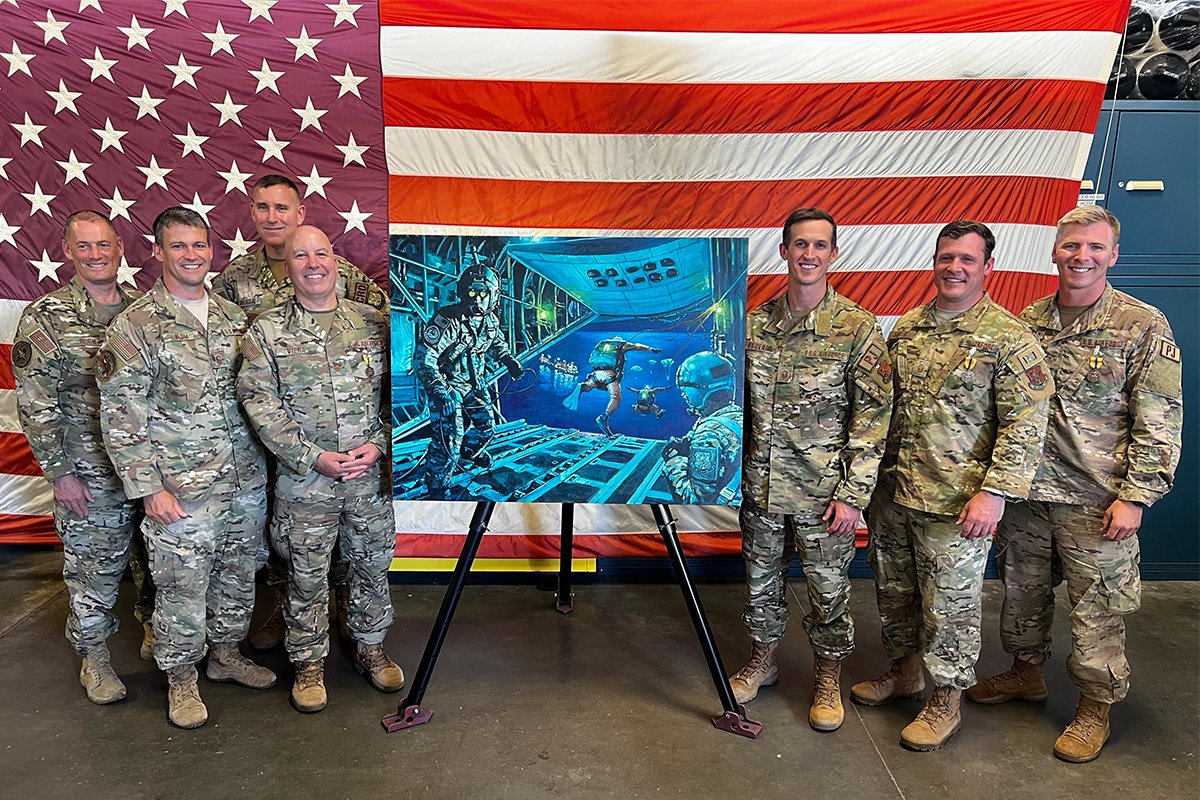
“The amount of complexity in that mission just can’t be overstated,” said Col. Jeffrey Cannet, commander of the 106th Rescue Wing and the pilot of the HC-130 on the Tamar mission April 24, 2017. “The fact that these guys had to do that, all out there, alone and unafraid, getting it done, was just a testament to their skill and ability.”
The medal honors airmen who distinguish themselves through heroism, service, and meritorious achievement.
On June 4, the seven jumpers were awarded the medal during a ceremony at Francis S. Gabreski Air National Guard Base, according to a late June press release from the New York National Guard. The pararescuemen who received the award were Master Sgt. Jordan St. Clair; Senior Master Sgt. Erik Blom; Master Sgt. Jedediah Smith; Staff Sgt. Michael Hartman; and Master Sgt. Bryan Dalere. Dalere, who is now in the Alaska Air National Guard, was not at the ceremony. Two CROs, Boughal and Maj. Marty Viera, also received the medals.
“[The Tamar mission] really shows you what this country is capable of when we put our thoughts together,” Boughal said.
The captain of the Tamar sent out the distress call shortly before 7 a.m. An explosion had rocked the 625-foot vessel, some 1,700 miles off the east coast of New York, close to halfway into a trip across the Atlantic from Baltimore to Gibraltar. Four seamen were critically injured.
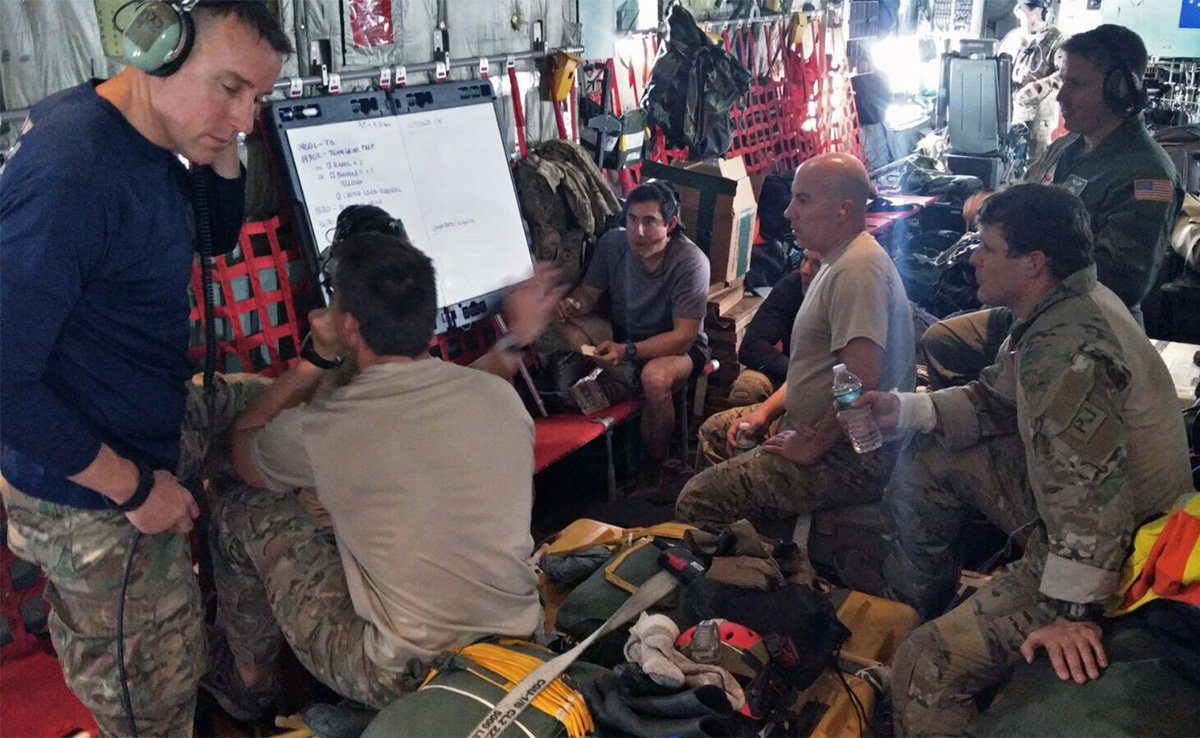
Boughal was in the middle of a workout that Monday morning, running on a treadmill, when another member of the 103rd Squadron walked in and told him the Coast Guard had received a call about an explosion in the Atlantic. It wasn’t clear yet that the 106th Wing would be called on to help, but Boughal hopped off the treadmill and started assembling his team.
Several of the airmen were still at home when Boughal called, while others were practicing confined space rescues or shooting at the range.
The team coordinated with a local hospital to get enough IV fluids and other medical supplies to treat men with burns covering more than 50% of their bodies, then loaded up the HC-130 with two inflatable boats rigged with cargo parachutes. Then they took flight.
The Tamar rescue marked the first open ocean jump mission for the 106th Rescue Wing in 15 years. It was a huge change of scenery for Boughal, who had previously served in Afghanistan. But the team trained so often that sitting on the HC-130 was as comfortable to him as sitting in his living room.
Five hours after lifting off from their base on Long Island, the plane dipped below the clouds, bringing the Tamar into view. During the flight, the team learned that two sailors had died and the two injured men likely had just hours to live if they didn’t work fast.
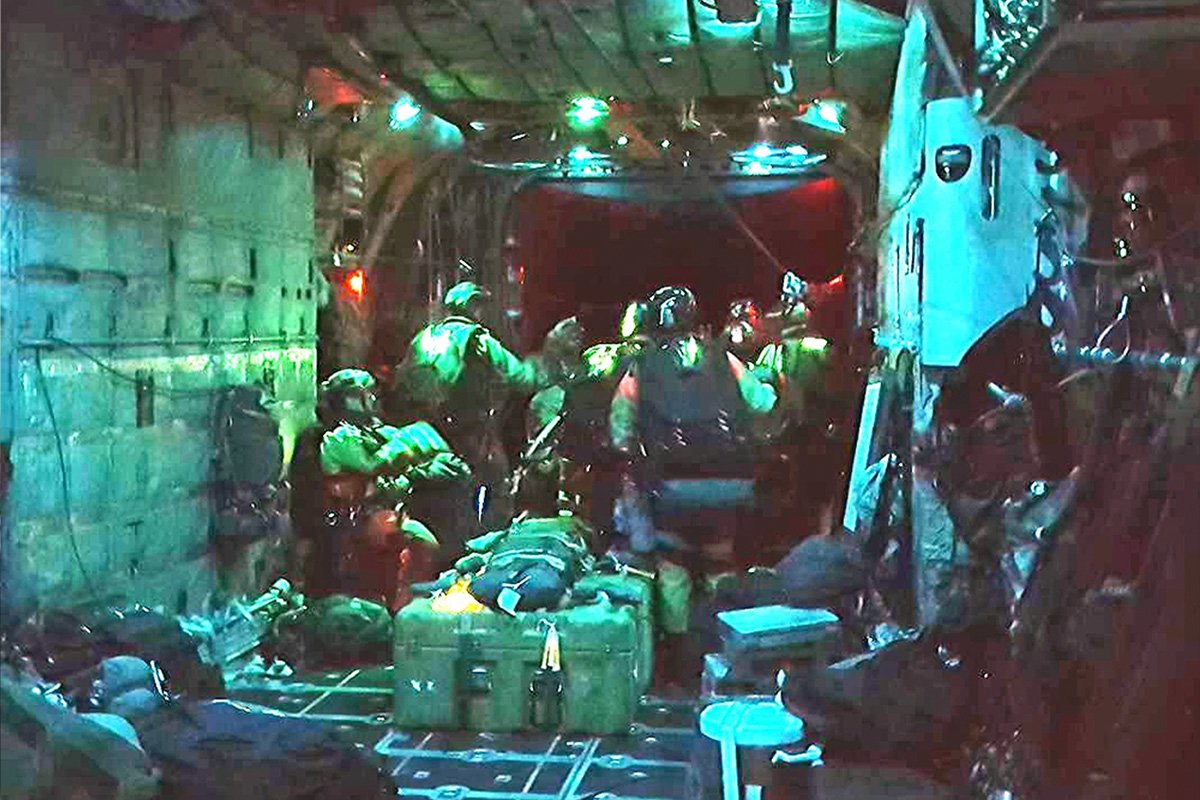
As the HC-130 circled the boat to judge for winds, the team donned drysuits and sturdy swim fins, then helped each other strap on parachutes. When the plane turned to make another pass, they lined up behind the boats on the rear ramp, waiting for the final green light. When it came, the team pushed out the boats, then, one after another, leaped off the ramp toward the cold Atlantic waters.
‘Our American Friends Will Do the Job’
As the PJs jumped, they were being watched by eyes around the world. The explosion on the Tamar had become a huge news story in Slovenia, and Slovenian President Borut Pahor was tracking the rescue efforts closely. One surviving crewman was from the Philippines, and the other was from Slovenia.
During the rescue, Pahor’s mother called him and asked if there was any hope the injured men would survive.
“Listen,” Pahor told her. “If anybody, our American friends will do the job.”
Once the team splashed down, they found themselves in 15-foot waves that tossed the inflatable boats back and forth as the rescuers climbed aboard, their red and green chem lights and flashing beacons signaling their locations in the dark. They retrieved their bundles of supplies from the waves and made for the Tamar, climbing a rope ladder up the side of the ship, arriving at the side of the injured men around 9 p.m.
Smith, a physician assistant in his civilian job, created a makeshift intensive care unit. The crewmen were badly burned on their faces, arms, legs, and hands, St. Clair recalled in a press release from the 106th Rescue Wing.
“Their lives were absolutely at risk,” St. Clair said.
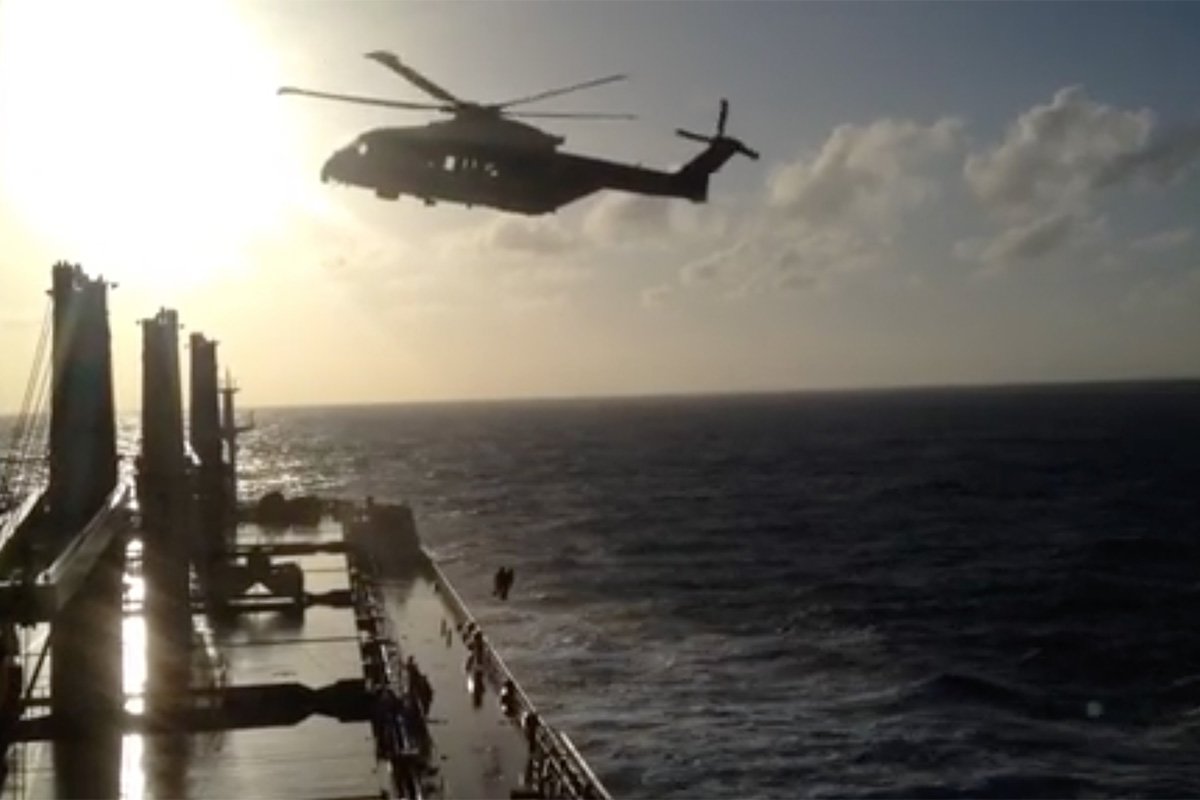
The airmen knew they were in it for the long haul. The ship was still two days away from the range of Portuguese search and rescue forces. So pain management became a priority.
After inserting a breathing tube into one sailor and placing him on a ventilator, the airmen started a rotation of 90-minute shifts watching over their patients. To deal with the severe burns, they debrided the sailors’ wounds, cutting away dead tissue. In some areas, the swelling from burns threatened to cut off circulation and permanently damage the patients’ dexterity and mobility. To relieve the pressure, the medics performed escharotomies, precise slits in badly burned tissue to allow blood circulation.
The second sailor’s airway was so severely burned that the PJs eventually had to perform a cricothyrotomy, a risky procedure usually performed only in hospitals, in which a medic cuts a slit in a patient’s throat to insert a breathing tube.
St. Clair performed the procedure as calmly and methodically as if “he was tying his shoelaces,” Boughal said.
Three days after the initial explosion, the Tamar was near enough to land for a helicopter to reach it. With the use of a rope system, the patients and three of the airmen were hoisted into the helicopter. A few hours later, the helicopter touched down in the Azores and the crew moved the patients to a fixed wing plane for a final flight to the Portuguese mainland. After three days of intense care, the 106th team was no longer responsible for the wounded sailors.
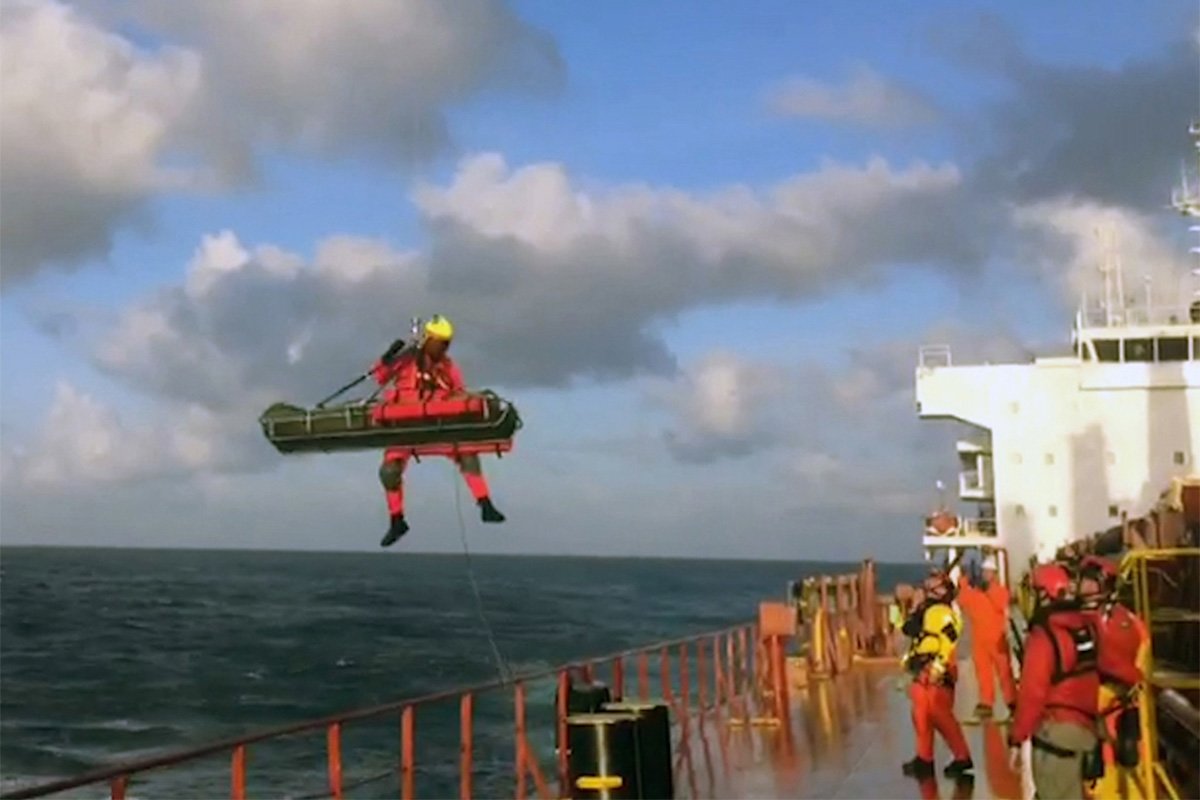
Finally, the airmen were able to take a breath and appreciate the work they had done.
“We were able to make a difference in the lives of two men,” St. Clair said. “Those two men are alive and enjoying life today because of our ability to provide a capability that very few organizations can.”
As a direct result of the pararescue team’s care, both injured sailors survived with minimal long-lasting injuries. About a month after the rescue, Pahor presented nearly 20 members of the wing with Slovenia’s Medal for Merit in the Military Field.
Maj. Michael O’Hagan, a spokesman for the 106th Rescue Wing, told Coffee or Die the rescue was a testament to American forces’ willingness to risk their own lives to save anyone in need, even citizens of other nations.
“We’re willing to risk ourselves to save a stranger when we have no skin in the game,” O’Hagan said. “It’s just purely to do the right thing and to save a life.”
Read Next:
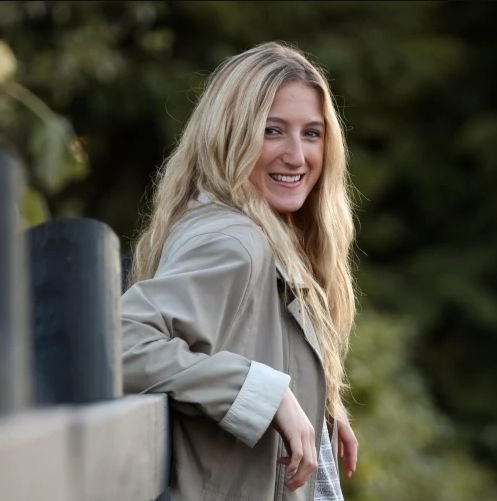
Hannah Ray Lambert is a former staff writer for Coffee or Die who previously covered everything from murder trials to high school trap shooting teams. She spent several months getting tear gassed during the 2020-2021 civil unrest in Portland, Oregon. When she’s not working, Hannah enjoys hiking, reading, and talking about authors and books on her podcast Between Lewis and Lovecraft.
BRCC and Bad Moon Print Press team up for an exclusive, limited-edition T-shirt design!
BRCC partners with Team Room Design for an exclusive T-shirt release!
Thirty Seconds Out has partnered with BRCC for an exclusive shirt design invoking the God of Winter.
Lucas O'Hara of Grizzly Forge has teamed up with BRCC for a badass, exclusive Shirt Club T-shirt design featuring his most popular knife and tiomahawk.
Coffee or Die sits down with one of the graphic designers behind Black Rifle Coffee's signature look and vibe.
Biden will award the Medal of Honor to a Vietnam War Army helicopter pilot who risked his life to save a reconnaissance team from almost certain death.
Ever wonder how much Jack Mandaville would f*ck sh*t up if he went back in time? The American Revolution didn't even see him coming.
A nearly 200-year-old West Point time capsule that at first appeared to yield little more than dust contains hidden treasure, the US Military Academy said.












